Price and Availability
The AMD Radeon RX 480 was released last June 29th and was readily available at launch. The 4GB version is priced at $199 while the 8GB is priced at $239. Non reference RX 480 might be priced differently considering that AIB partners will equip them with better cooler design and may add some bling to. AIB partners just started to show off their RX 480s and we should be seeing them in store shelves very soon. Check out the links below for the latest pricing and availability.
AMD Radeon RX 480 Review – Conclusion
It’s great to see that AMD is back in action with a new product and new architecture. Some of you might be disappointed since they first released a mid-range graphics card, but I think that’s okay since many PC gamers won’t be buying the fastest graphics card around anyway. AMD is targeting where most PC gamers are gaming at, and that’s the 1080p and 1440p realm.
Despite being a mid-range graphics card, the AMD Radeon RX 480 is built with the latest technology. It features the new Polaris architecture, 4th gen GCN and hugely improved power efficiency thanks to the 14nm FinFET process from Global Foundries. Sure it’s not the fastest graphics card around, but it offers great performance per dollar compared to its predecessors and competing mid-range GTX 900 graphics card.
The Radeon RX 480 was able to crush the previous R9 380 on all our tests, and it’s near on par with a heavily factory overclocked Zotac GTX 970 AMP Extreme Core. The RX 480 was able to handle most games in 1080p at full graphics settings while maintaining that sweet 60 fps on average. It’s also capable of handling 1440p gaming resolution, but you may need to tone down the settings a bit if you want to hit an average of 60 fps. Clearly, the RX 480 wasn’t built for 4K UHD gaming. For games with heavy graphics you need to really tone down the graphics settings to get playable frame rates. However, it should be able to handle MOBA games at 4K resolution just fine.
With the new WattMan application, tweaking the RX 480 should be a lot easier. However, I wasn’t able to push the RX 480 much. I’m not sure if the sample we got doesn’t overclock well or the RX 480 itself doesn’t offer huge overclocking potential. But I guess the stock reference cooler was a limiting factor when it comes to overclocking. The reference blower cooler was okay if you want to run at stock speeds. I would suggest you go for the non-reference from AIB partners, unless you really want the blower type cooler.
The Radeon RX 480 supports CrossFire and that’s a good thing since you can buy two of these, save some money and you should be able to have a GTX 1070 or GTX 1080-like performance. However, keep in mind that having two of this in your system will also result in more heat and higher power consumption, not to mention some games have bad CrossFire support. I personally don’t recommend CrossFire or SLI for that matter and would rather suggest getting a single graphics card solution for a much better efficiency and stable gaming performance.
Finally, the AMD Radeon RX 480 earns our highly recommended award for offering great performance at a reasonable cost. If you want to save some cash, there’s the 4GB version which should be able to offer similar performance with the 8GB version. I highly doubt that the performance difference between the 8GB and 4GB version is that significant. If you are gaming at 1080p, the Radeon RX 480 would be a great option specially if you are coming from an entry level graphics card.

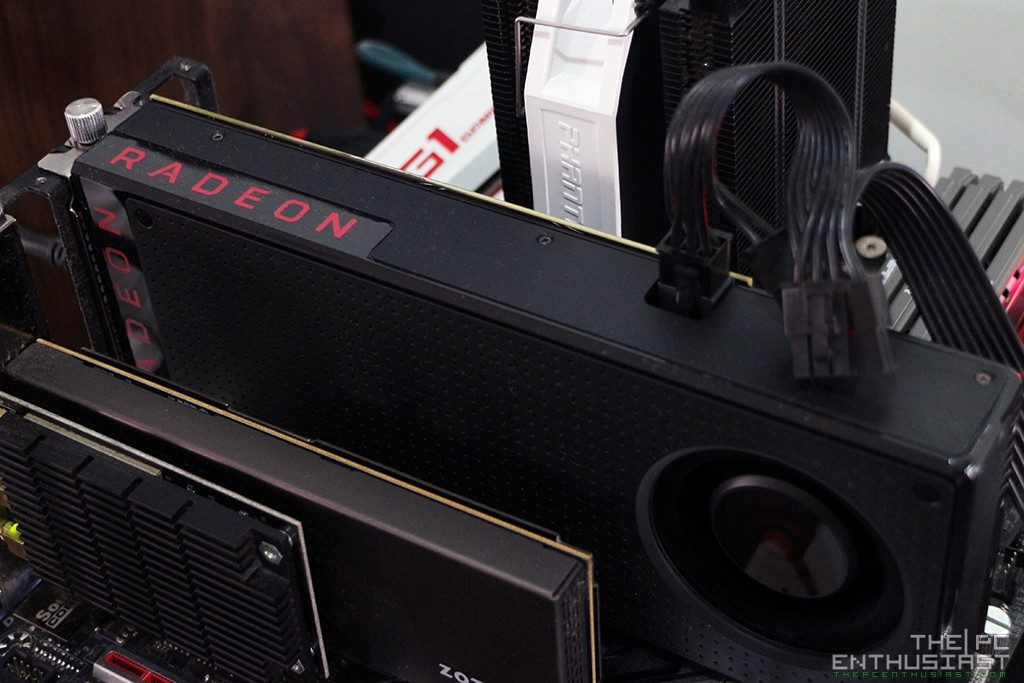

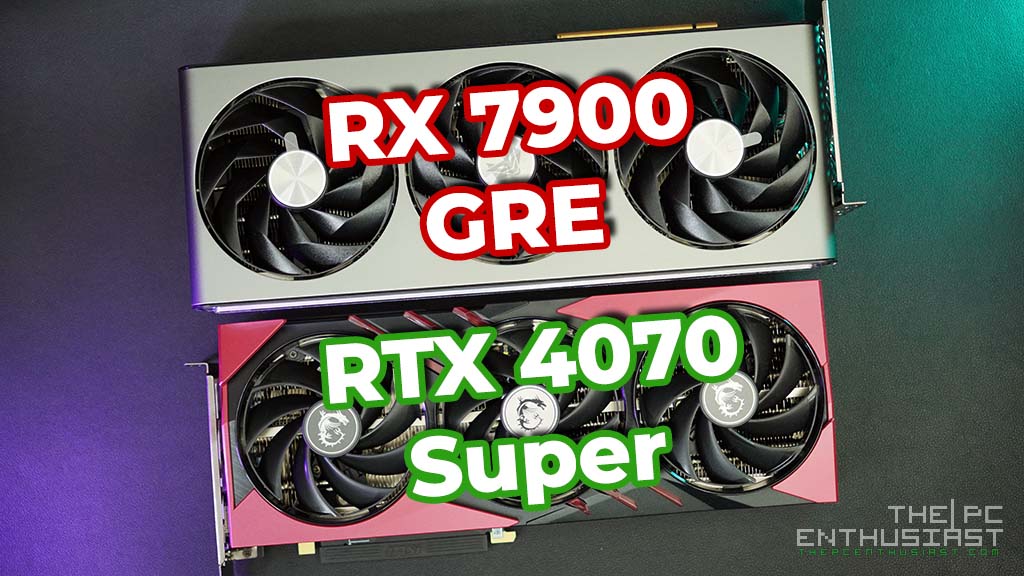
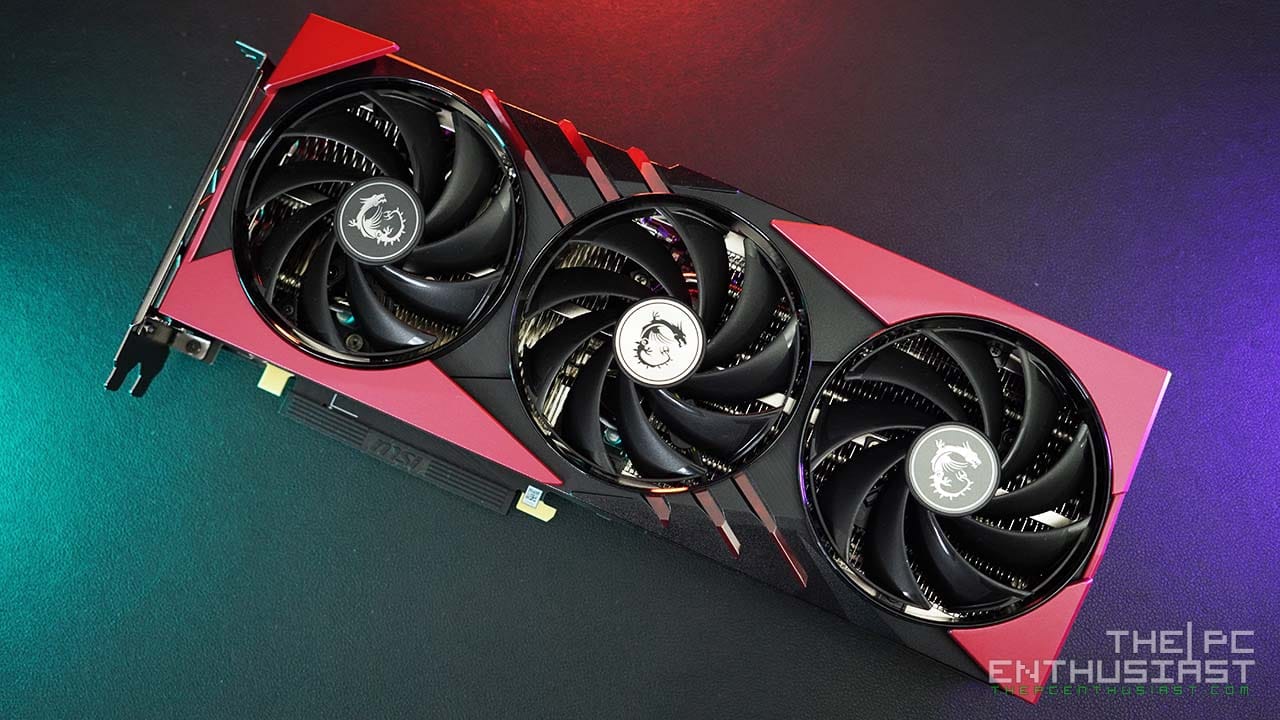
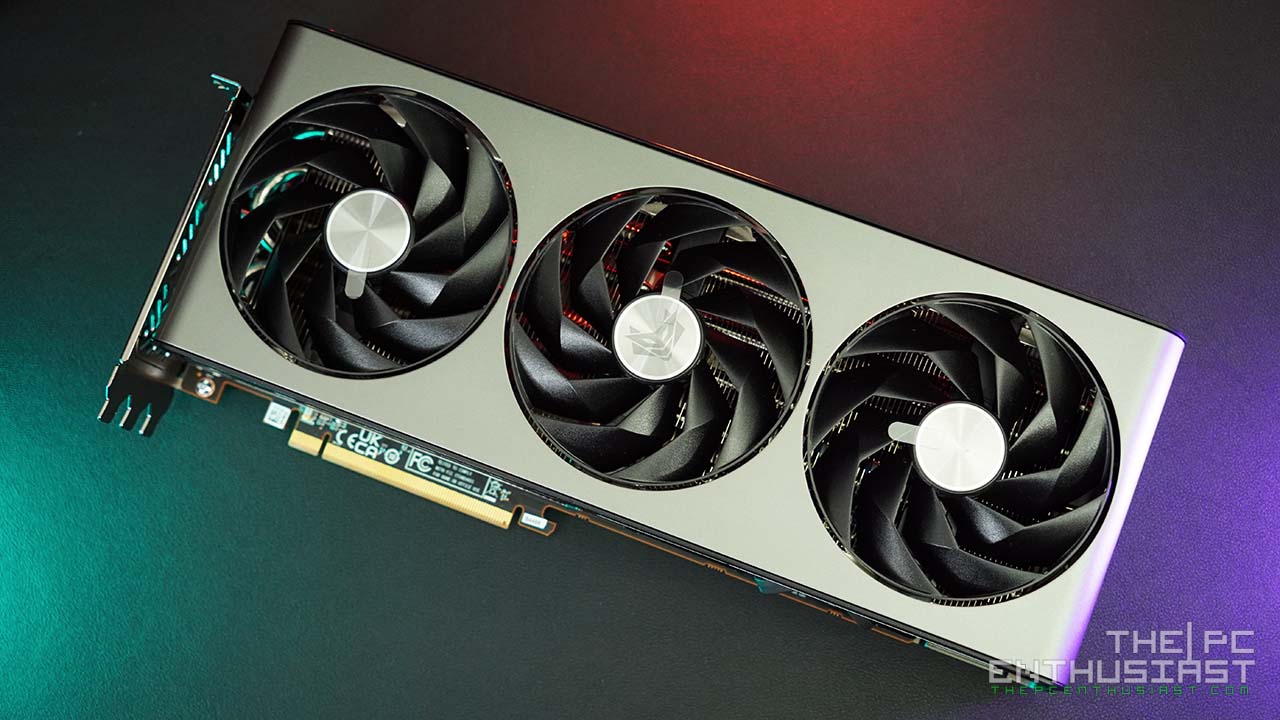
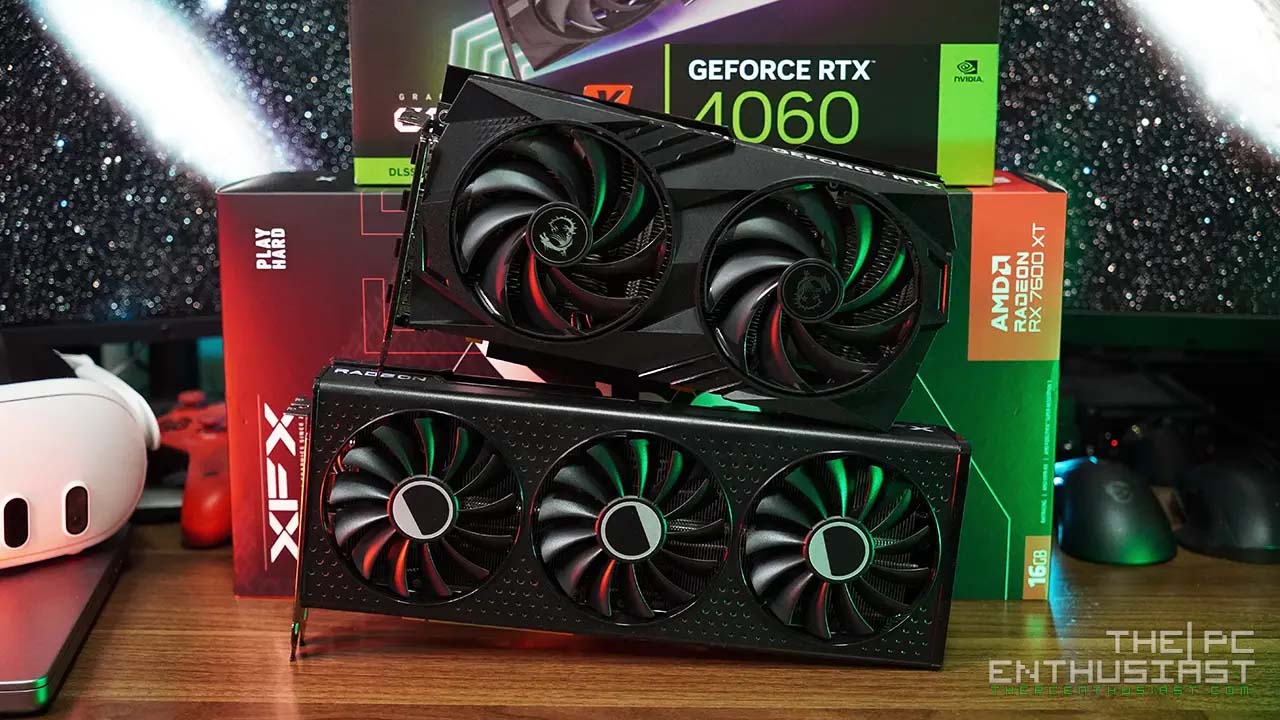
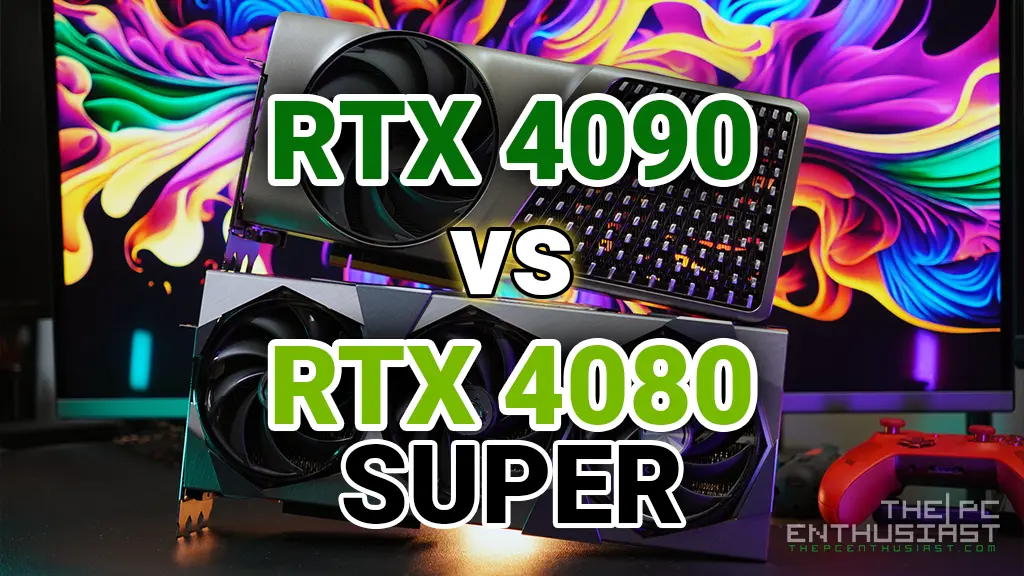
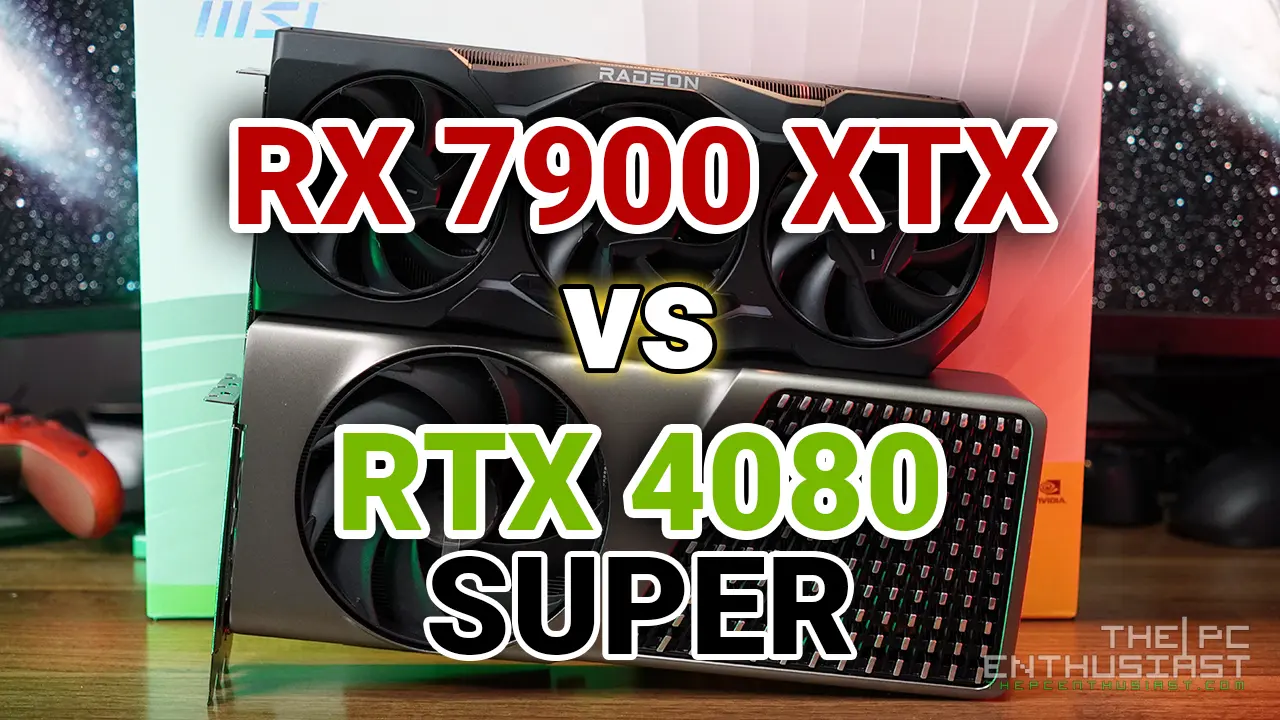

Why didn’t you OC the memory when you OC’d the Card?
Memory Oc is probably even more important that Core OC on this card
I did try to OC the memory. Unfortunately, I can’t make the card stable enough to finish the entire benchmark suite with its memory OCed. Some reviewers where able to OC the memory of their RX 480, probably mine was an isolated case. I am hoping to get a non-reference RX 480. Then we can compare them side by side.
Did you raise the power limit and Have the VRAM voltage at 1V?
Also, you could undervolt the Core a bit to acheive better clocks and thermals
I’ve got higher scores within Heaven at 1080p Ultra https://uploads.disquscdn.com/images/60d821e79e9b2cd767ae2b2e8240687d8a8d10d7d0998a941e9270b985ea775f.png with my Red Devil and A10-7870K APU (OC to 4.2GHz) Memory OC to 2400. I know it’s not fair to compare the reference card with an Aftermarket solution, but I have an APU for CPU, which it’s supposed to be a bottleneck right?